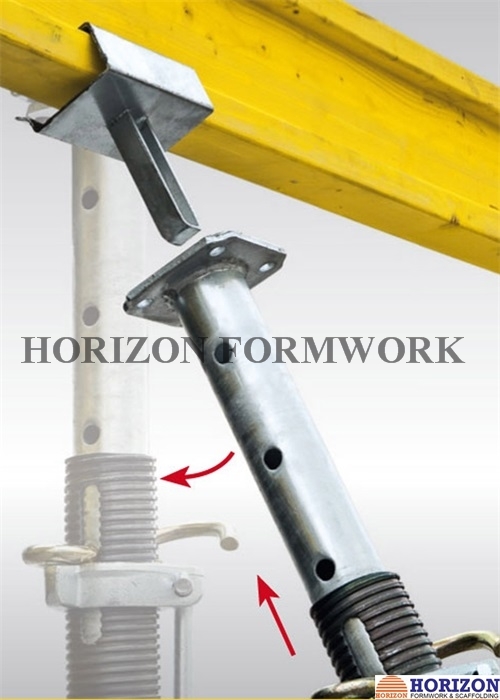Dec . 07, 2024 14:25 Back to list
i beam h20 for wall formwork
The Importance of I-Beam H20 in Wall Formwork
Construction is an intricate process that involves numerous materials and techniques designed to ensure structural integrity and efficiency. Among these materials, the I-beam, specifically the H20 I-beam, has gained significant recognition for its versatility and effectiveness in wall formwork applications. This article explores the characteristics, benefits, and applications of H20 I-beams in wall formwork systems.
Understanding H20 I-Beams
H20 I-beams are engineered wood products that feature a unique I-shaped cross-section, which provides exceptional strength and stability. The H in H20 refers to the beam's height, which is approximately 20 cm. These beams are typically made from laminated veneer lumber (LVL) or plywood, which enhances their overall durability and load-bearing capacity. Their lightweight design makes them easier to handle and install compared to traditional steel beams.
Key Features of H20 I-Beams
One of the primary attractions of H20 I-beams is their superior load-bearing capability. They are designed to withstand significant weights, making them suitable for heavy-duty formwork applications. Additionally, H20 I-beams boast a consistent and reliable profile, which minimizes the potential for warping and distortion that can occur with traditional timber materials. This consistency is crucial for achieving precise and accurate formwork results.
Furthermore, H20 I-beams are engineered for ease of use. They can be cut to length on-site, allowing for greater flexibility during construction. Their compatibility with various formwork systems makes them a popular choice among contractors and builders who seek efficiency and versatility in their projects.
Advantages of H20 I-Beams in Wall Formwork
1. Cost-Effectiveness H20 I-beams are often more cost-effective compared to traditional steel or concrete formwork systems. Their lightweight nature reduces transportation and handling costs, while their reusability contributes to overall savings on construction budgets.
i beam h20 for wall formwork

2. Reduced Labor Time The simplicity of installing H20 I-beams leads to faster project timelines. They can be easily assembled and disassembled, enabling crews to complete formwork tasks quickly and efficiently.
3. Enhanced Safety The lightweight design of H20 I-beams also contributes to a safer work environment. Lower weights mean reduced risk of handling injuries, making them a preferable option for construction teams focused on safety protocols.
4. Environmental Sustainability Many H20 I-beams are made from sustainable wood sources, aligning with modern construction practices that emphasize eco-friendliness. The use of engineered wood also contributes to less waste compared to traditional building materials.
Applications of H20 I-Beams in Wall Formwork
H20 I-beams are extensively used in a variety of construction projects, particularly in creating forms for walls and slabs. Their high strength-to-weight ratio allows them to support concrete pours efficiently, ensuring workers can achieve desired wall thicknesses and finishes. Additionally, these beams are suitable for residential, commercial, and industrial construction, providing versatility across different project types.
In precast concrete construction, H20 I-beams can be employed in the creation of formwork for panels, columns, and various architectural elements. Their reliability and performance make them an indispensable tool for contractors striving for quality and structural perfection.
Conclusion
In summary, H20 I-beams have revolutionized the wall formwork process in the construction industry. Their unique properties, including strength, lightweight design, and ease of handling, make them a preferred choice for builders looking to optimize their construction activities. With their numerous benefits and a wide range of applications, H20 I-beams continue to play a crucial role in modern construction practices, ensuring that projects are completed efficiently and safely while adhering to high standards of quality. As the industry evolves, the relevance of H20 I-beams will likely persist, proving essential in the quest for innovative construction solutions.
-
High-Quality U Head Jack Scaffolding – Reliable Scaffolding Jack Head Manufacturer & Factory
NewsJul.08,2025
-
High-Quality I Beam H20 Leading Timber Beam H20 Material Factory, Exporters & Manufacturers
NewsJul.08,2025
-
High-Quality Powder Coating Steel Formwork - Durable & Corrosion Resistant Solutions
NewsJul.07,2025
-
Inclined Column Formwork Supplier – Durable & Precise Solutions for Unique Structures
NewsJul.07,2025
-
High-Quality Water Stop Solutions Trusted Water Stop Company & Suppliers
NewsJul.07,2025
-
High-Quality Formwork Material Supplier Reliable Manufacturer & Factory Solutions
NewsJul.06,2025